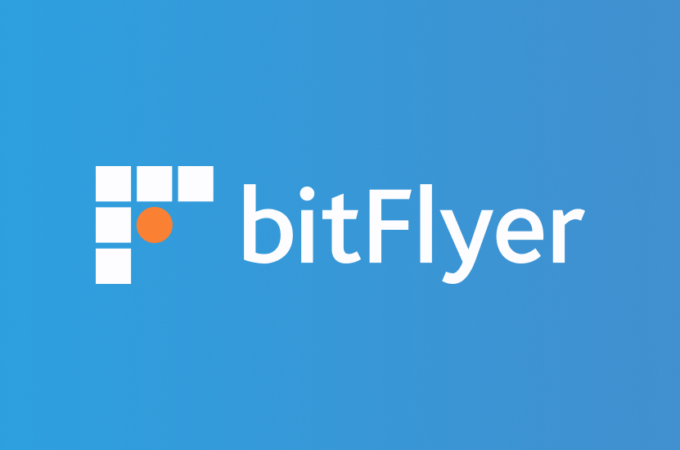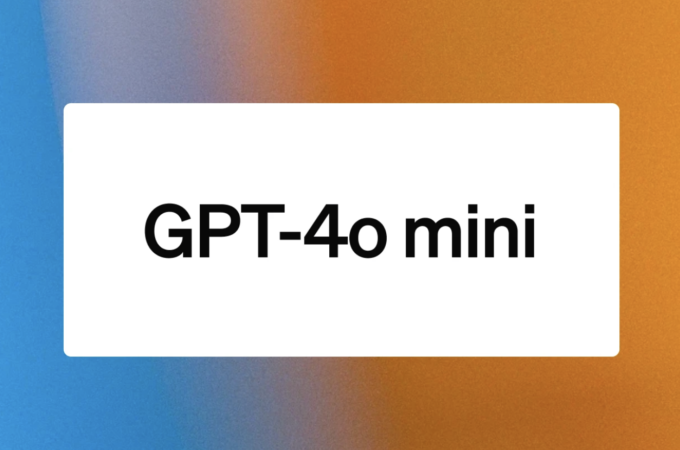
The future of fintech: 3 trends to watch in payments, loans, and mobility
By Malavika Velayanikal for TechInAsia
Fintech is one of the hottest domains in India currently.
Despite the funding squeeze this year after the irrational exuberance of 2015, data from startup-analysis platform Tracxn shows that the sector has attracted US$512 million in funding so far in 2016. This is far lower than the US$1.4 billion invested last year, but the 2015 figure is skewed by Paytm’s mega funding round of US$680 million from Alibaba.
The number of funding rounds this year – 83 so far – is higher than last year’s 80. There have also been as many as 12 acquisitions already.
So, what are the trends we can spot in this heightened funding and acquisition activity? Which are the emerging business models and spaces seeing the most action? Here’s a look at the top three trends.
1. Consolidation in wallets
A number of the acquisitions have happened in the mobile wallet and online payments space. The buyers are mainly ecommerce and consumer internet companies that want to improve their payment system in an integrated way instead of relying only on external providers of payment services.
The notable ones are:
- Amazon’s acquisition of online payment gateway Emvantage
- Flipkart’s acquisition of payment app PhonePe
- Shopclues’ acquisition of Momoe, a mobile wallet for offline stores
- Taxi app Ola’s acquisition of interbank mobile payment enabler Qarth
The acquisitions help these companies create a better experience for shoppers and vendors, drivers and riders. User experience has emerged as the primary differentiator in ecommerce and other online platforms. Besides, the payment system has been one of the biggest pain points for ecommerce companies in India.
There has also been significant consolidation in the payments space, with PayU’s US$130 million acquisition of Citrus Pay being the biggest deal of the year.
See: 9 fintech startups that could soon be unicorns in India
2. New models for lending
Traditional banks have left a lot of holes in lending, especially for small businesses and entrepreneurs who often don’t have the collateral or credentials to get loans from banks. Banks haven’t kept up with the widening circle of needs for individual consumers either. Fintech startups with new models of lending are bridging these holes. The easing of regulations by the Reserve Bank of India is also helping.
Lending startups, including platforms that connect lenders with borrowers, have accounted for nearly 40 percent of the total funding in fintech to date this year.
This confirms a prediction made in an article by venture capitalist Sid Talwar in Tech in Asia at the beginning of 2016. He expected to see startups getting funded to give consumers and businesses access to debt for anything they want, and that’s what has happened. P2P lending, loans for buying things, and new data-driven credit profiling are among the emerging trends.
Lending startups, including platforms that connect lenders with borrowers, have accounted for US$199 million, which is nearly 40 percent of the total funding in fintech to date this year, according to Tracxn data.
The space also saw well-funded players opt for buyouts so as to scale up and improve their operations fast. Lendingkart’s acquisition of Kountmoney, Incred’s acquisition of Instapaisa, and Fast Banking’s acquisition of OneMi are cases in point.
See: Formula for fintech disruption: tailored rates, quicker loans using risk analytics
3. Mobile payments
It’s no surprise that startups solving problems in mobile payments are in demand in the world’s fastest growing smartphone market. Tracxn tracked US$212 million of investments in startups using mobile to send and receive money. This represents 40 percent of the total funding in fintech.
New government-led infrastructure for identity verification through Aadhaar and the unified payments interface (UPI) for easier inter-bank money transfer is driving innovations in this space. For example, PhonePe, which got acquired by Flipkart, is a UPI-based payment app.
India bought a record 35 million smartphones in the last quarter, and less than 20 percent of the 1.3 billion population own smartphones. Put those two data points together and you can see that the smartphone boom and mobile payment innovations will only accelerate in 2017.
So watch out for these three spaces in Indian fintech in the year ahead – mobile payments, wallets, and loans.
See: This Indian startup is everyman’s Apple Pay
First appeared at TIA




